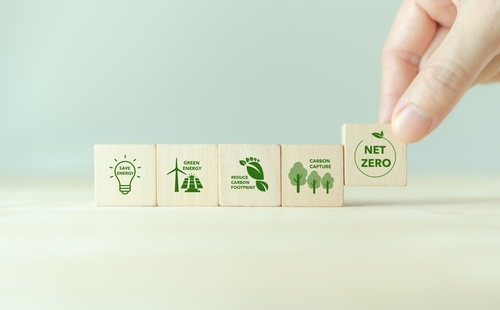Sustainability Journey
Sustainability Journey
- Producing bio-based products by maximizing the use of renewable raw materials.
- Using substances in the process that are both generated and degraded, posing no harm to humans and the environment.
- Ensuring that all atoms used as raw materials are consumed in the product,achieving zero emissions.

Non-toxic/Harmless/Carbon Reduction/Circular/Sustainable
- 2005-2011 Elimination of APEO and DBP.
- 2012-2013 Development of non-fluorinated water repellents and research on bio-based products.
- 2014-2016 Chemical hazard assessment/reduction/elimination (NMP replacementfor PA, acrylonitrile elimination, C8 phase-out).
- 2017-2018 Research and development of different series of bio-based products for different fibers.
- 2018-2019 Development of phosphate-free/low ammonia nitrogen/low COD products.
- 2020-2021 Development of sustainable bio-dyes and inks.
- 2021-2022 Sustainable energy-saving products in the bio-green series.
- 2023~ Introduction of carbon capture sustainable chemicals.
Sustainable Journey
2023
- Announcement of carbon capture sustainable products.
2021
- Research and development of phosphorus-free, low ammonia nitrogen and low COD products
2020
- Sustainable bio-dye and ink development
2019
- Research and development of phosphorus-free, low ammonia nitrogen and low COD products
2017
- Develop different fiber series biomass products
2014
- Chemical hazard assessment, reduction, and elimination (NMP replaces PA, acrylonitrile, and C8 elimination)
2012
- Non-fluorine water-repellent agent development/biomass product development
2011
- Eliminate APEO and DBP

